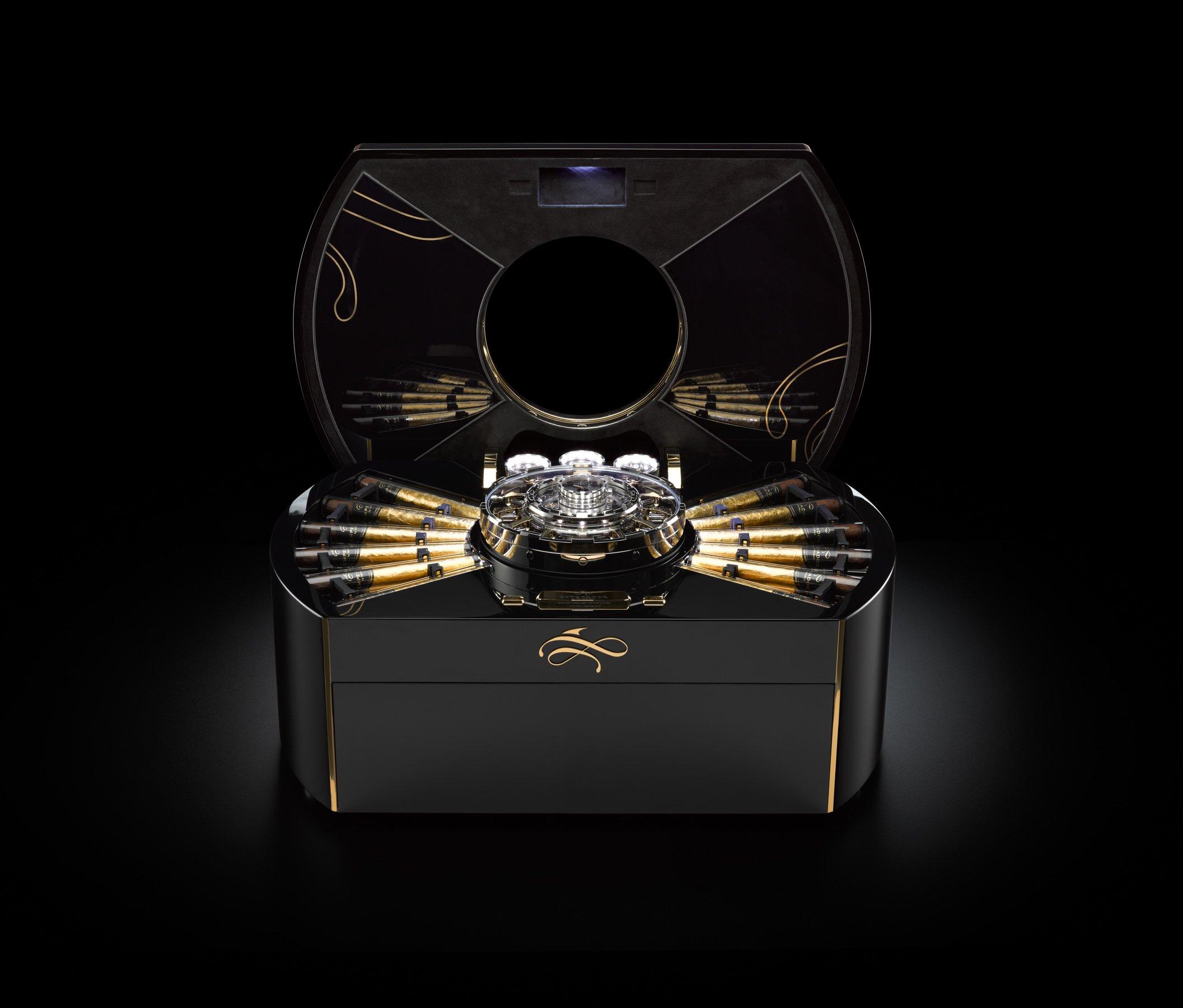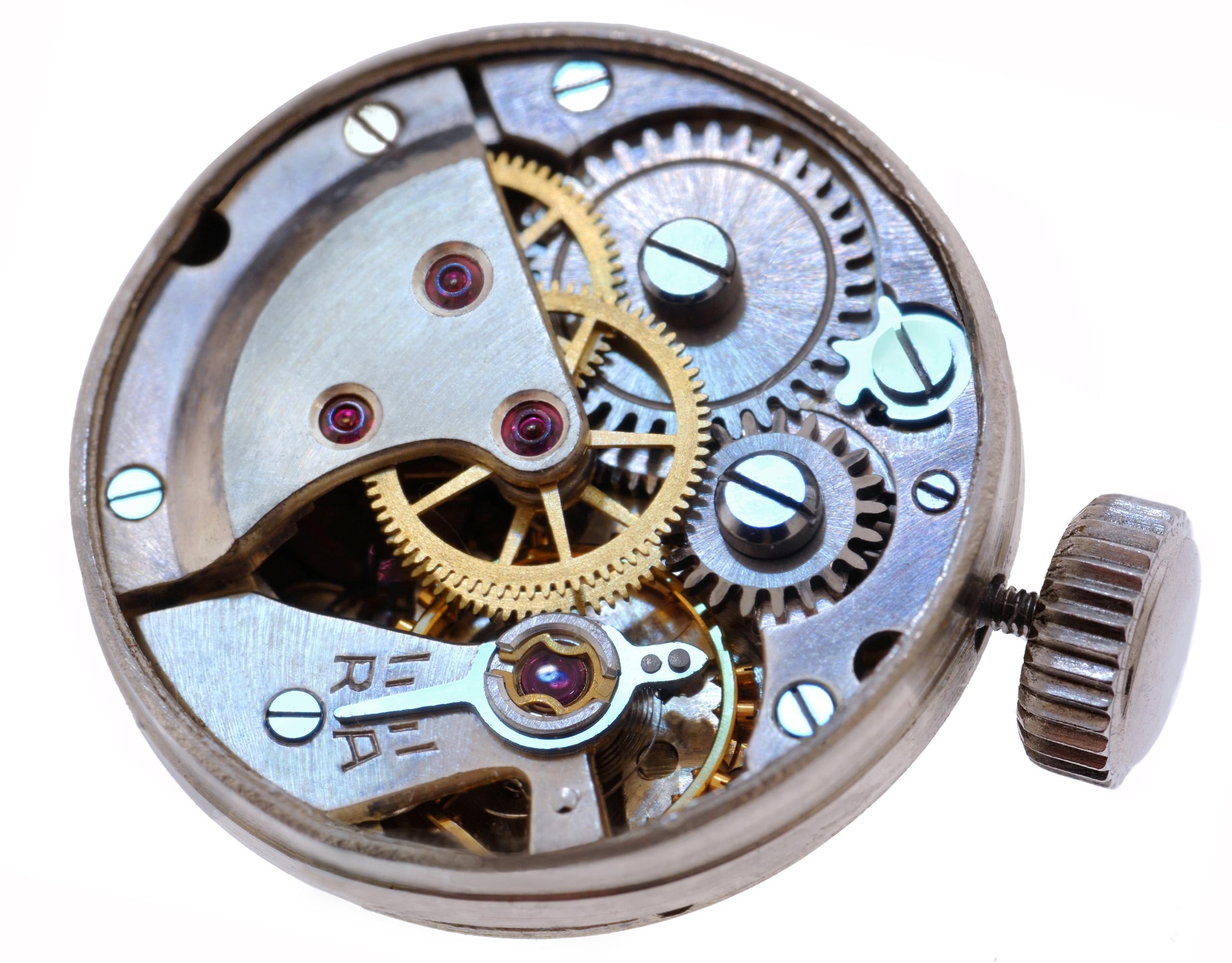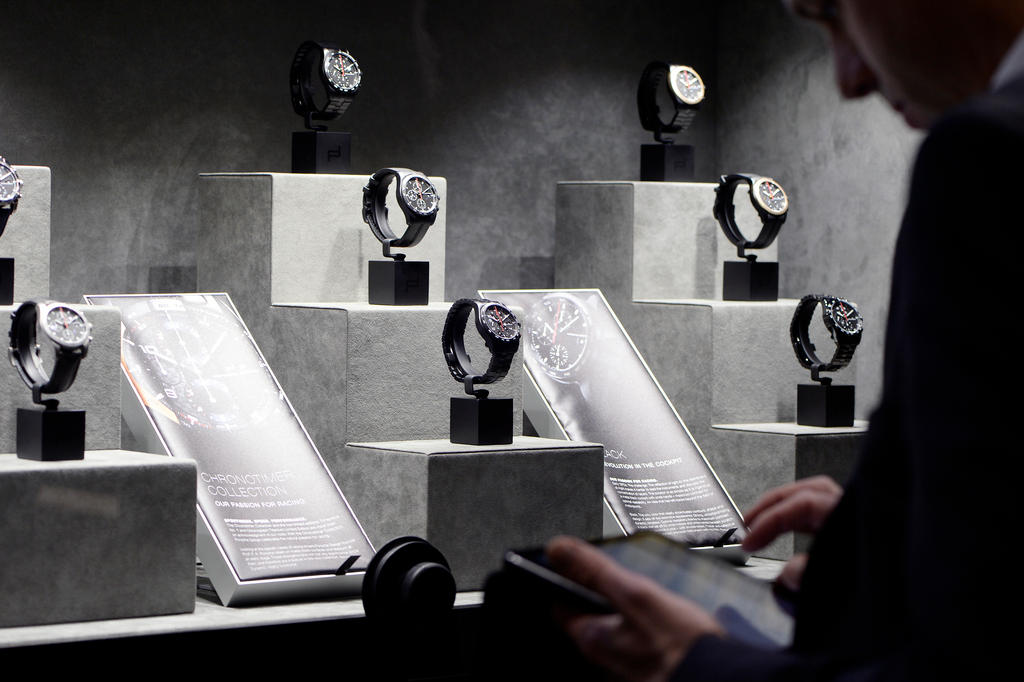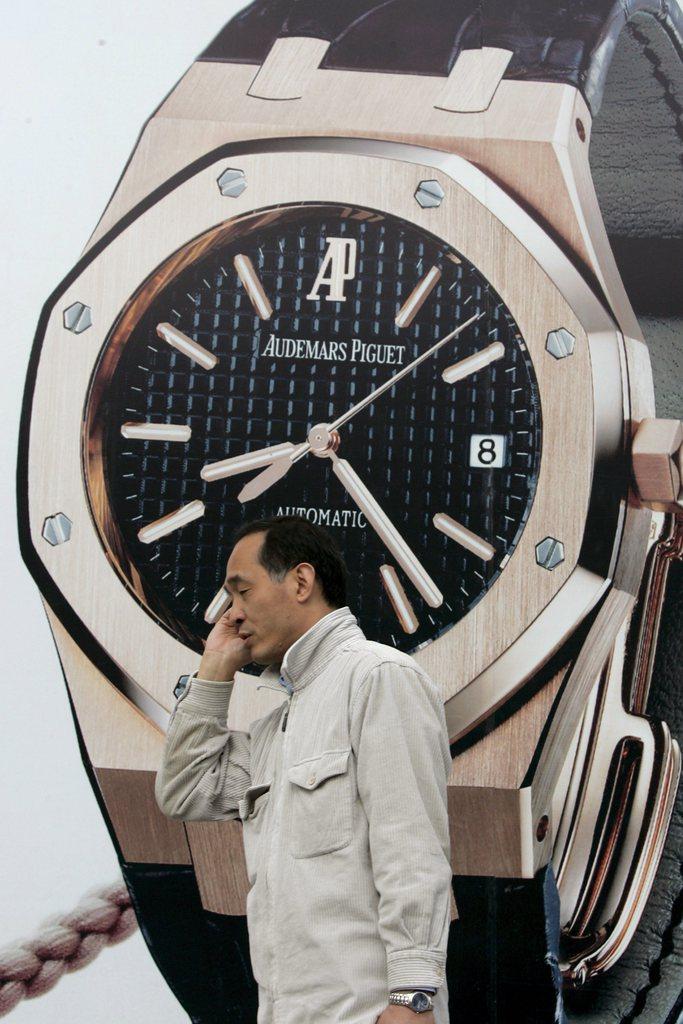Ticking for 50 years: The quartz watch
The famous quartz watch, a Swiss invention subsequently commercialized and mass-marketed by Japanese companies, celebrates its 50th birthday this month.
First unveiled at a competition organized by Centre Electronique Horloger (CEH) in Neuchâtel in 1967, quartz timepieces quickly turned Swiss (and international) watch markets upside-down.
The innovation? Using crystal quartz as a regulator of time allowed for miniaturization and huge reductions in energy consumption, meaning that the small wristwatches could tick for longer and cheaper.
They were also extraordinarily precise; the accuracy of frequency meant that quartz clocks would not vary by even one-thousandth of a second each day.
Half a century later, quartz is king in the Swiss watch industry – at least in terms of production. Three-quarters of output now relies on the crystal, even if in terms of profits, old-fashioned mechanical timepieces still lead the way.




You can find an overview of ongoing debates with our journalists here. Please join us!
If you want to start a conversation about a topic raised in this article or want to report factual errors, email us at english@swissinfo.ch.